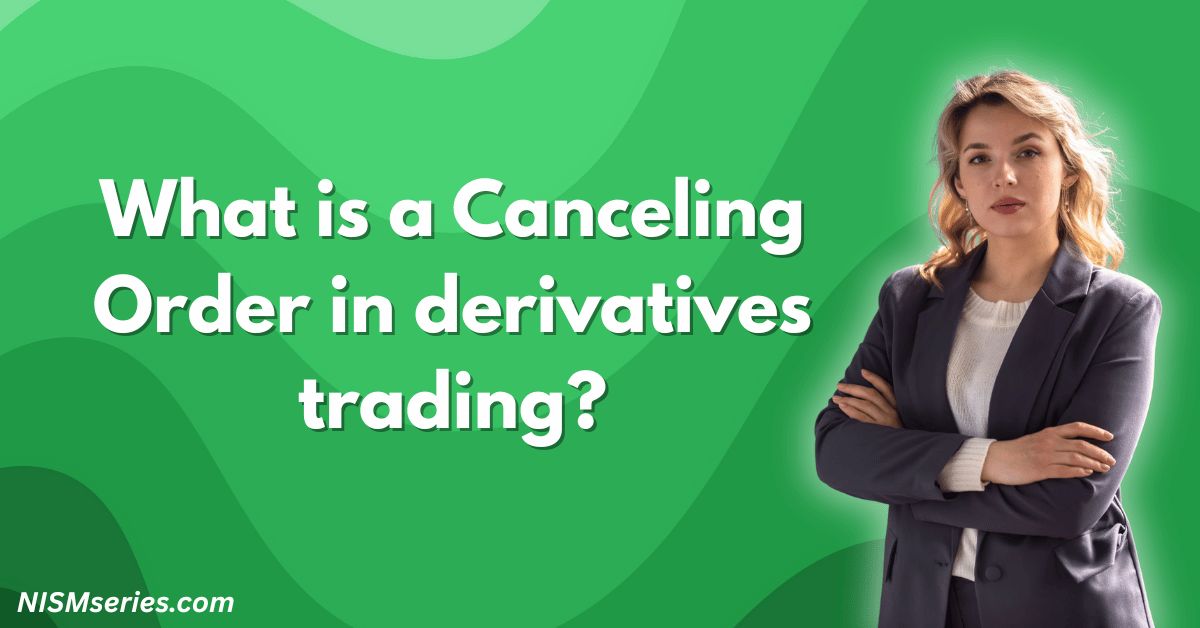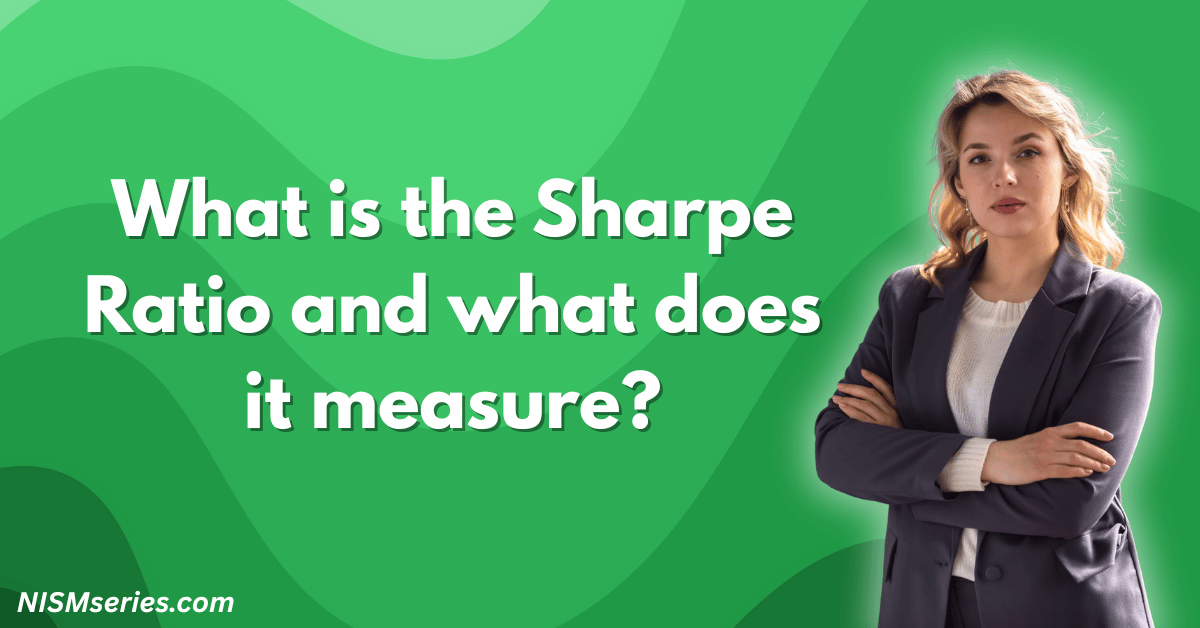A call option is a special contract. It gives you the right to buy a stock. The price is set. The date is set. You do not have to buy it. It is your choice. This set price is the strike price. You trade these on the NSE and BSE. You must follow SEBI’s rules. SEBI’s new rules are very strict. They changed everything. If you want to buy, the seller must sell to you. The seller has no choice. This makes a call option a great tool. You can make a lot of money. You only risk the money you paid for the option. Call options are better than futures.
Table of Contents
Call Options Overview
The options market grew very fast. So, SEBI made strong new rules. A call option is the best tool when you think a stock’s price will go up. It helps you make money from big price jumps. And you do not need a lot of money to do it. The new SEBI rules set limits for everyone. Regular people have a 10% limit. Brokers have a 20% limit. Foreign investors have a 30% limit. These are not just suggestions. They are rules you must follow. SEBI made them because many people lost money. You must obey these limits.
Key Components of a Call Option Contract
Every call option contract has five parts. You must know them. They are the stock’s name, lot size, strike price, end date, and premium. The NSE changed the end dates. Nifty weekly options now end on Tuesday. They do not end on Thursday anymore. This is a big change. You must make new plans. Every contract must follow SEBI’s new rules.
Strike Price and Premium Explained
The strike price is the price you get to buy the stock for. The premium is the money you pay for that right. A premium has two parts: real value and time value. For index options, you can only use your right on the last day. This is European-style. For stock options, you can use your right any day before it ends. This is American-style. You must know this difference.
How Does a Call Option Work?
You must know how call options work to make money. The new SEBI rules make this even more important.
Step-by-Step Process of Buying Call Options
To buy a call option, first put money with your broker. This money is called the SPAN + Exposure margin. Now, the stock exchange checks your account four times a day. They do this to make sure you follow the rules. You cannot trade more than ₹5,000 crore each day. You choose your contracts based on delta, implied volatility, and theta. The NSCCL makes sure every trade is completed.
Exercising Your Call Option Rights
When the option ends, what happens depends on if it is making money. If your option is making money (it is in-the-money), it is used for you. For index options, you get cash. For stock options, you may have to buy the real stocks. Smart traders always sell their options before the last day. This is the best way to avoid problems with getting the stocks.
Call Option Expiry and Settlement
Call option contracts now have new end dates. Nifty contracts end on the last Tuesday of the month. They no longer end on Thursday. The final price is the VWAP. This is the average price in the last 30 minutes of trading. There are also new trading times. These will make the prices even better.
Types of Call Options
You must know the types of call options to make a good plan and manage your risk.
In-the-Money Call Options
In-the-money (ITM) call options are already making money. The stock’s price is higher than the strike price. These options have a high delta, over 0.50. This means the option’s price moves a lot when the stock price moves. An ITM option costs more money. But it is the best choice if you think a stock’s price will go up. It also loses value from time very slowly.
At-the-Money Call Options
At-the-money (ATM) options have a strike price that is very close to the stock’s current price. They are affected a lot by price swings and time. These contracts lose value very fast. This happens most in the last week. The best traders use these to trade on price swings.
Out-of-the-Money Call Options
Out-of-the-money (OTM) call options only have time value. Their strike price is higher than the stock’s current price. They are cheap. They can give you very big profits. But they lose value very fast. The stock price must go up a lot for you to make money. Most new traders lose money with these cheap options. This is why SEBI had to make stronger rules.
Call Option Trading Strategies
Using the right strategy is the only thing that makes you a winner.
What is a Long Call Strategy?
This is a simple and strong plan. You buy a call option when you think a stock price will go up. The most you can lose is the money you paid for the premium. But you can make unlimited money. You do not need extra margin money. You just pay the premium and you can start.
Covered Call Strategy Basics
This plan helps you make steady income. You own the stock. Then you sell a call option against it. This is perfect for long-term investors. You get the premium money. But you may lose some big profits if the stock price goes up a lot. SEBI’s new rules help this plan. They let you make trades that lower your risk. This is the best way to protect your stocks.
Bull Call Spread Technique
This is a plan for pro traders. You buy a call with a low strike price. At the same time, you sell a call with a high strike price. This makes your trade cheaper. It also sets clear limits on your profit and loss. This plan is best when you think the stock will go up, but not by too much. It works perfectly with the new trading limits.
When Should You Buy a Call Option?
You must only buy a call option for a few reasons. Buy it when you see signs the stock will go up. Buy it when you think there will be big price swings. Or buy it before big company news. SEBI watches trading very closely every day. So, how much money you invest is very important. You must be extra careful on end dates. The fines for breaking rules are very high.
Call Option Pricing Factors
You must know what moves an option’s price to win.
Impact of Stock Price Movement
Delta tells you how much a call option’s price changes when the stock moves by ₹1. A call’s delta is between 0 and 1. An at-the-money option has a delta of about 0.50. Gamma shows how fast the delta changes. It is highest for ATM strikes.
Time Decay Effect on Call Options
Theta is your enemy. It shows how much value your call option loses each day. Time is always running out. This loss of value is very fast in the last two weeks. The move to Tuesday end dates changed how theta works. You must change your plans because of this.
How Does Volatility Affect Call Option Prices?
Vega shows how an option’s price changes with expected price swings (implied volatility). This is very important. When people are scared, volatility goes up. This makes call option prices go up too.
Role of Implied Volatility
The India VIX is the market’s “fear gauge.” When VIX goes up, call premiums cost more. This is good for people who already own call options. The new rules made the VIX go up as traders got used to the changes.
Historical vs Implied Volatility
Historical volatility shows how the price moved in the past. Implied volatility shows what the market thinks will happen in the future. You find big chances for profit when these two numbers are very different. This is how you make money from volatility.
Benefits and Risks of Call Options
You must know both the good and bad parts to do well.
Advantages of Trading Call Options
Leverage and Capital Efficiency
A call option gives you leverage. This lets you control a lot of shares with little money. A small ₹10,000 can control ₹1,00,000 of stock. This makes your profits very big compared to the money you invested.
Limited Risk with Premium Payment
This is the best thing about a call option. The most you can lose is the premium you paid. It does not matter how much the stock price falls. This safety brings in many traders. But you must be smart. SEBI data shows that 89% of traders lost money. That is why the new, strong rules were needed.
Risks Associated with Call Options
Premium Loss Risk
If your call option is worthless on its end date, you lose all the money you paid. This is a fact. Traders lost ₹51,000 crore in one year. This huge loss forced SEBI to fix the market.
Time Decay Challenges
Time decay, or theta, is always working against you. It gets faster near the end date. Weekly options lose value at a very fast rate. You will lose money if you do not have a good plan to manage theta.
Call Option Payoff Calculation
The math is not optional. You must know it to check your call option strategy.
Buyer’s Payoff Formula
Here is the profit formula for a call buyer: Max[(Spot Price – Strike Price) – Premium Paid, -Premium Paid]. This formula shows the power of a call option. Your profit can be unlimited. Your loss is limited.
Profit and Loss Scenarios
Here is an example. You buy a Nifty 25,000 call for a ₹150 premium. The lot size is 25. If Nifty closes at 25,300, the option is worth ₹300. Your profit is (₹300 – ₹150) × 25 = ₹3,750. If Nifty closes below 25,000, you lose your premium. Your loss is ₹150 × 25 = ₹3,750. This is the most you can lose.
Breakeven Point for Call Option Buyers
This is the price the stock must reach so you do not lose money. The formula is simple: Strike Price + Premium Paid. In our example, it is 25,000 + 150 = 25,150. The Nifty must close above 25,150 on the end date for you to make a profit.
FAQ
Is a Call Option Bullish or Bearish?
A call option is for when you are bullish. This is a fact. Buyers make money when prices go up. Call sellers are bearish or neutral. They are betting the price will not go up.
What Happens to Call Options on Expiry?
If your call option is in-the-money (ITM), it is settled in cash for you. The amount is (Spot Price – Strike Price) × Lot Size. If it is out-of-the-money (OTM), it expires with no value. You lose 100% of your premium.
Can You Lose More Than Your Premium?
A call buyer can never lose more than the premium paid. Your risk is fixed. A call seller has unlimited risk. This needs a lot of money (margin) to hold the position.
How Do Call Options Differ from Stock Ownership?
A call option gives you control over a stock without paying the full price. That is leverage. But, options have an end date and lose value over time. Stocks do not. Owning a call also does not give you voting rights or dividends like owning a stock does.
When is the Best Time to Exit a Call Option?
The best time to exit a call option is when you hit your profit goal. You must also exit if your reason for buying it changes. Or if time decay is hurting your premium. With SEBI’s new rules and fines on the end date, the only smart move is to exit before the last hours of trading.



















